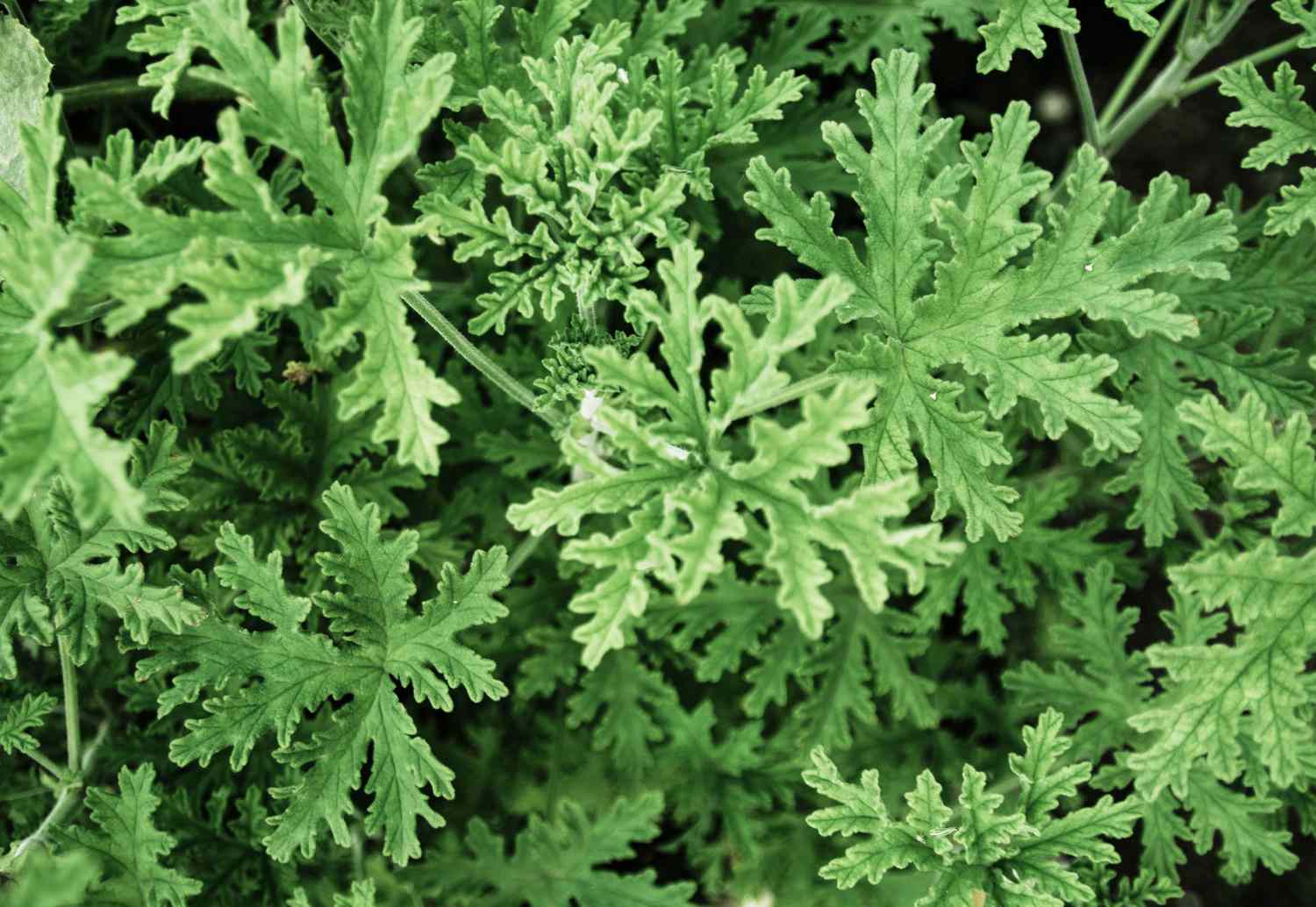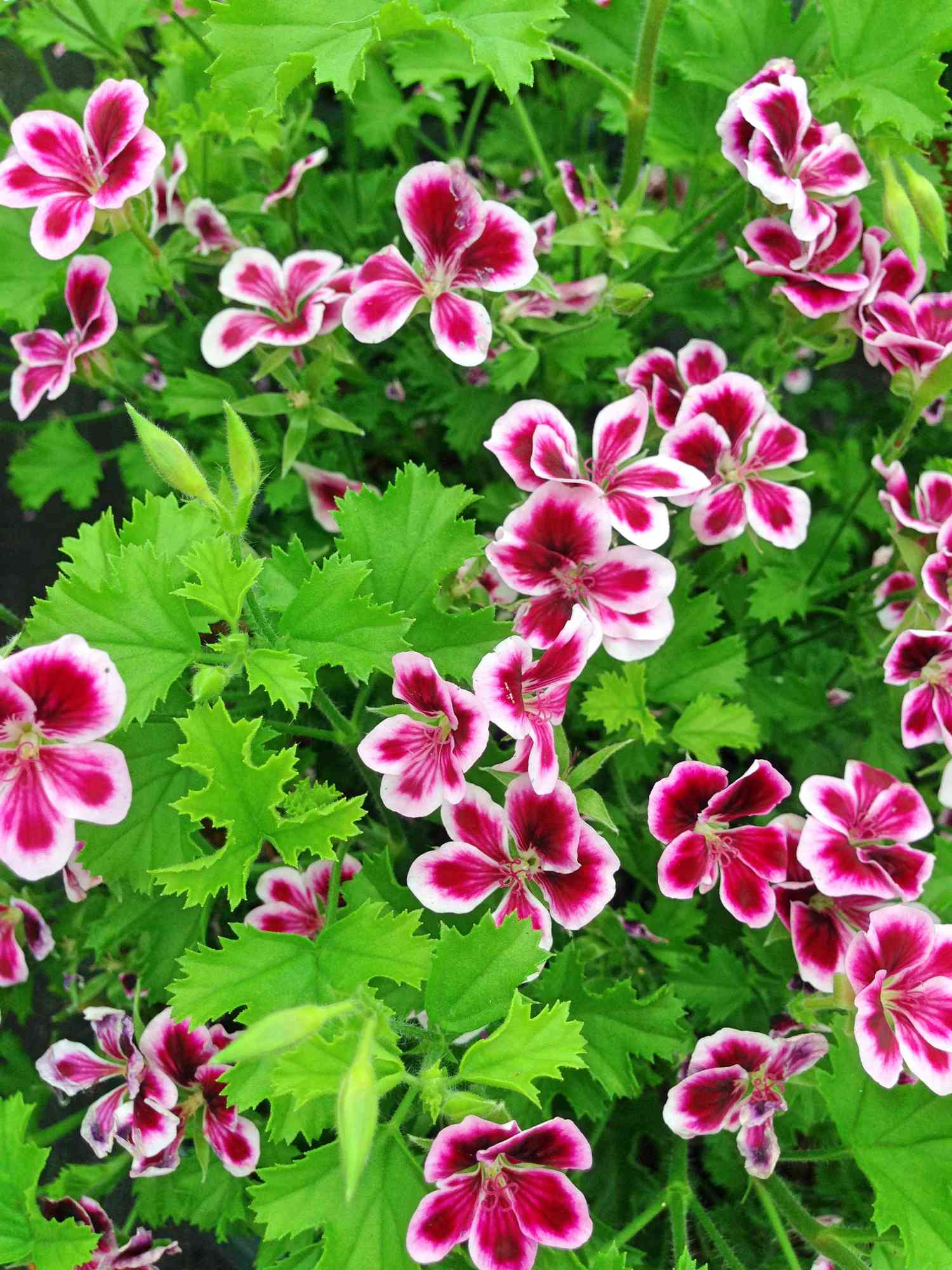Mosquitoes are annoying pests that can spread serious diseases. Instead of reaching for chemical sprays or bug zappers, some gardeners grow citronella plants to repel mosquitoes naturally. They crush the plants» leaves and rub the citrusy-smelling oil onto their skin, or they grow them around their porches, patios, and yards. Notice we said, «repel» mosquitoes, not «kill» them.
The oil can be effective when it’s extracted and concentrated in various products, but researchers say topical use won’t eliminate these pests. At best, it may protect you for a little while. They also say you’d need to grow a citronella field to drive mosquitoes away from your home or yard. Even if they can’t completely banish these buzzy insects, citronellas are attractive and easy-to-grow.
Note: Citronella oil may be irritating to some people and/or cause allergic reactions. Check with your doctor before applying it or ingesting any parts of the plants.
| Common name | Mosquito plant, citrossa plant, citronella scented geranium |
| Botanical name | Pelargonium citrosum |
| Family | Geranium |
| Plant type | Perennial subshrub |
| Mature size | 24 inches tall, 18 inches wide |
| Sun exposure | Full sun to partial shade |
| Soil type | Does best in average to evenly moist conditions |
| Soil pH | 5.8-6.5 |
| Bloom time | Spring, summer, autumn |
| Flower color | Violet and pink |
| Hardiness zone | 9B |
| Native area | South Africa |
How to Grow Citronella Plants
Commonly called mosquito plant, citronella (also known as Pelargonium citrosum or citrosa geranium, among other names) is in the geranium family. It’s a cross between a rose-scented geranium and Citronella grass (Cymbopogon nardis), a tall grass with a lemony-fragrance. Both are nicknamed mosquito plants, but we’re referring to the geranium types here, known for their lacy, green leaves and pinkish or lavender flowers.
There are lots of claims that fragrant plants such as catnip, citronella grass, bee balm, marigolds, lemon balm, lavender, geraniums, thyme, wormwood, rosemary and various mints, repel mosquitoes in the garden. Just how valid this is, we are not certain. However, this geranium does possess the scent of citronella, and its pleasing odor will have you enjoying your garden even more.
Wait until all chance of frost has passed in the spring before planting citronellas outdoors. As a rule of thumb, plant them about the same time as tomatoes, spacing them 18 to 24 inches apart in the ground. Citronellas are hardy in USDA Zones 9b through 11 and are annuals in other regions. If you need to overwinter them, pot them up or propagate some stems to bring in before the temperatures drop.
Citronellas are great for hanging baskets, containers, and window boxes or beside decks, patios, porches, and doors, where you can touch them as you go by and enjoy their pleasant fragrance.
Citronella Plant Care
How much light do citronella plants need?
Citronellas need six to eight hours of sun each day, preferably cool morning sun and afternoon shade. If you grow them as houseplants, give them a sunny window.
Citronella plants that start to look stretched-out are probably trying to get more light. Move container-grown plants into a brighter spot. Snip off any lanky stems to shape them up.
What kind of soil does citronella need?
Citronellas adapt to a variety of well-drained soils but thrive in soil enriched with organic matter. For potted citronellas, use an all-purpose container mix.

How often should I water a citronella plant?
Mosquito plants can tolerate some drought, but don’t let them dry out completely. Water when the top inch of soil feels dry. Be sure potted plants have drainage holes and dump out any water than collects in saucers under them. These plants do not do well in standing water.
How to fertilize citronella
Feed your plants with an all-purpose plant food, following the product directions. A water-soluble houseplant fertilizer is fine for indoor plants.
Pruning Citronella Plants
Prune citronellas at any time. Deadhead and pinch off small stems to encourage more blooms.
Save the branches for vases or use the leaves like edible geranium leaves. Be sure you can correctly identify the plant you’re using, and never use one treated with pesticides or insecticides.

How to Propagate Citronella
There are a few easy ways to propagate mosquito plants. Save pruned, non-woody stems or make three-to-five-inch cuttings of non-woody stems. Remove all but the top two or three leaves and stick the stems or cuttings in fresh potting soil. After roots form, in three or four weeks, they’ll be ready to transplant. You can also root non-woody cuttings in water. Again, remove all but the top leaves and give the cuttings bright, indirect light.
If you prefer, bend a stem that’s still attached to a plant and put it on top of the soil in a nearby pot. Bury the stem on its side, covering least one leaf node (the spot where the leaf grows from the stem.) Hold the covered stem in place with a rock or bend a piece of wire or paper clip into a U-shape and pin it down.
After a few weeks, the stem will root. Cut it off the original plant and transplant it.
Common Citronella Problems
Citronellas aren’t usually bothered by pests or diseases. Brown leaves and stems can be caused by too much or too little sun or too much water. Make sure plants have good drainage. Give root-bound plants bigger pots.